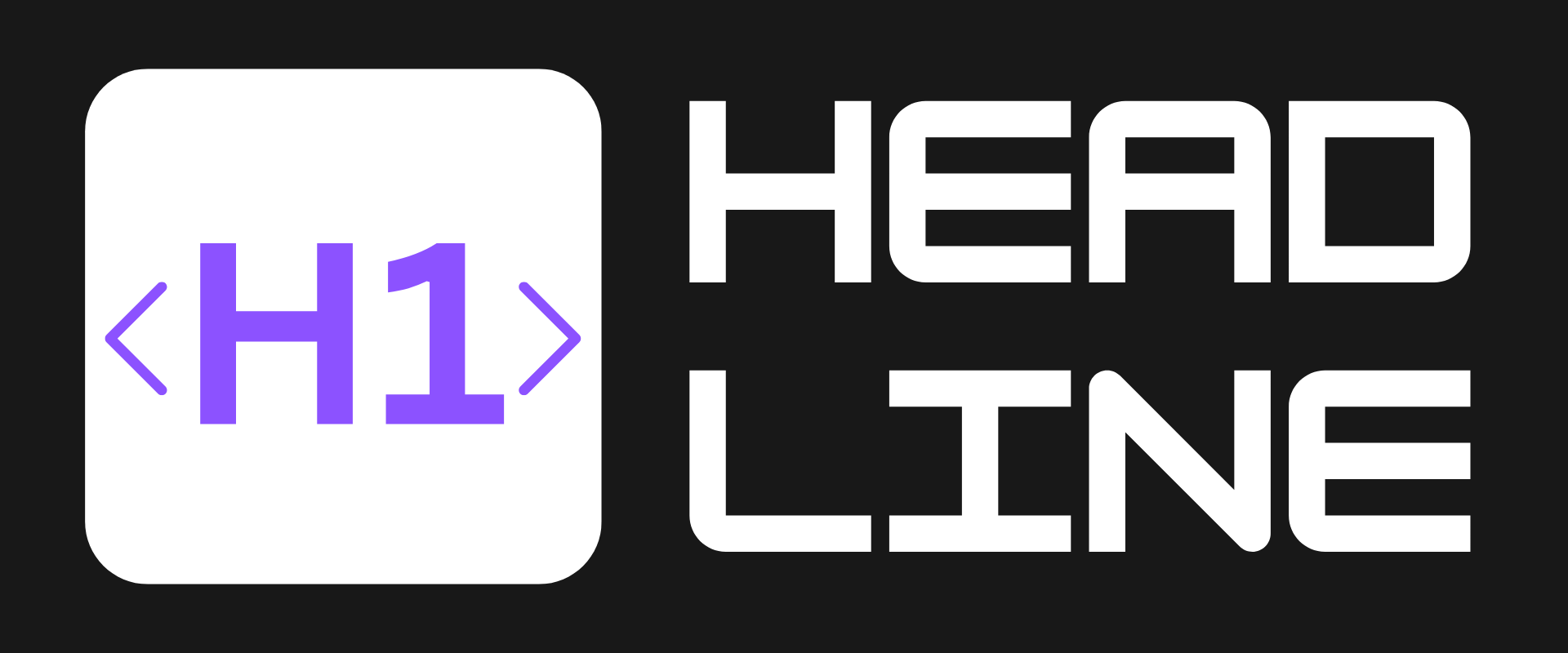OpenAI’s U-Turn: Can a Nonprofit Keep AI Safe in a For-Profit World?

OpenAI just flipped the script on its corporate structure – but will it protect humanity from AI risks? After months of planning to become a traditional for-profit company, OpenAI announced Monday that its original nonprofit will retain control over ChatGPT and other AI tools. The reversal comes after pressure from regulators and civic leaders. Why does this matter for the future of AI? Let’s dive in.
🌍 The Core Conflict: Profit vs. Safety in the AI Gold Rush
- Mission Drift Fears: OpenAI’s nonprofit was founded in 2015 to ensure AI benefits humanity. But its skyrocketing valuation (reportedly $80B+) raised concerns about prioritizing investor returns over safety.
- Regulatory Pressure: California and Delaware AG offices pushed for structural changes, signaling growing government scrutiny of Big Tech’s AI governance.
- ChatGPT’s Double-Edged Sword: The tool’s viral success (100M+ users) forced OpenAI to seek capital – but at odds with its original “open” nonprofit ethos.
✅ The New Blueprint: A Public Benefit Corporation Hybrid
OpenAI’s “recapitalization” plan tries to balance capitalism and caution:
- ✅ Public Benefit Corporation (PBC): The for-profit arm becomes a Delaware PBC, legally required to balance shareholder interests with OpenAI’s mission to build “safe AGI.”
- ✅ Nonprofit Control: The original nonprofit chooses the PBC’s board (initially identical members) and maintains an undisclosed ownership stake.
- ✅ Profit Caps Lifted: Early investor profit limitations removed, attracting more capital while claiming to prioritize safety.

🚧 Landmines Ahead: 3 Challenges for OpenAI’s New Model
- ⚠️ Who Calls the Shots? If the PBC’s board diverges from the nonprofit’s, will safety or shareholder returns dominate?
- ⚠️ The Black Box Problem: OpenAI hasn’t disclosed the nonprofit’s ownership percentage in the PBC – raising transparency concerns.
- ⚠️ Scalability Test: Few major tech companies use the PBC model. Can it handle OpenAI’s growth pace? (Coursera’s 2021 IPO shows it’s possible but rare.)
🚀 Final Thoughts: A Template for Ethical AI – or a Stopgap?
This hybrid model could work if:
- 📈 The nonprofit maintains ironclad board control as valuations climb
- 🤖 Safety investments (like superalignment) aren’t deprioritized for revenue
- 🔍 Regulators treat PBC status as more than a PR move
But with Altman previously seeking $7T for AI chips, can this structure contain commercial ambitions? What’s your take – is this the future of ethical AI, or just clever legal engineering?
Let us know on X (Former Twitter)
Sources: PBS NewsHour. OpenAI reverses plan to convert to for-profit business, May 2024. https://www.pbs.org/newshour/politics/watch-live-openai-co-founder-sam-altman-testifies-on-ai-competition-in-senate-hearing










